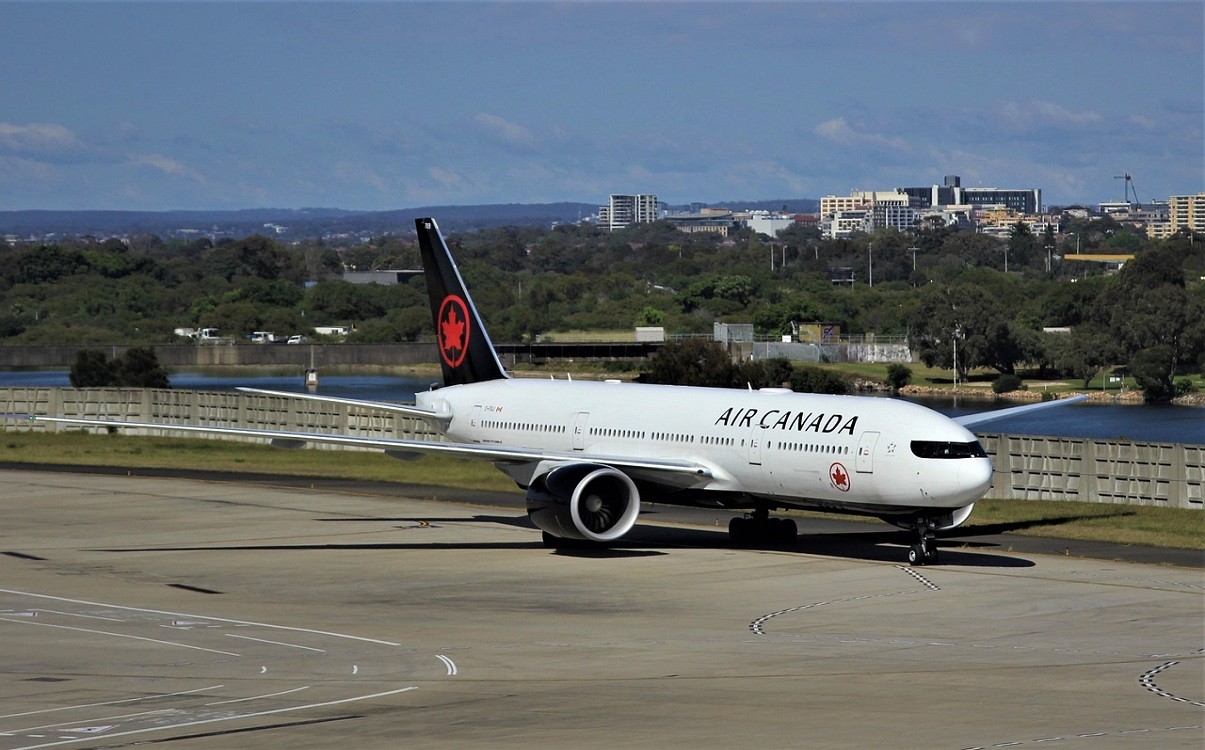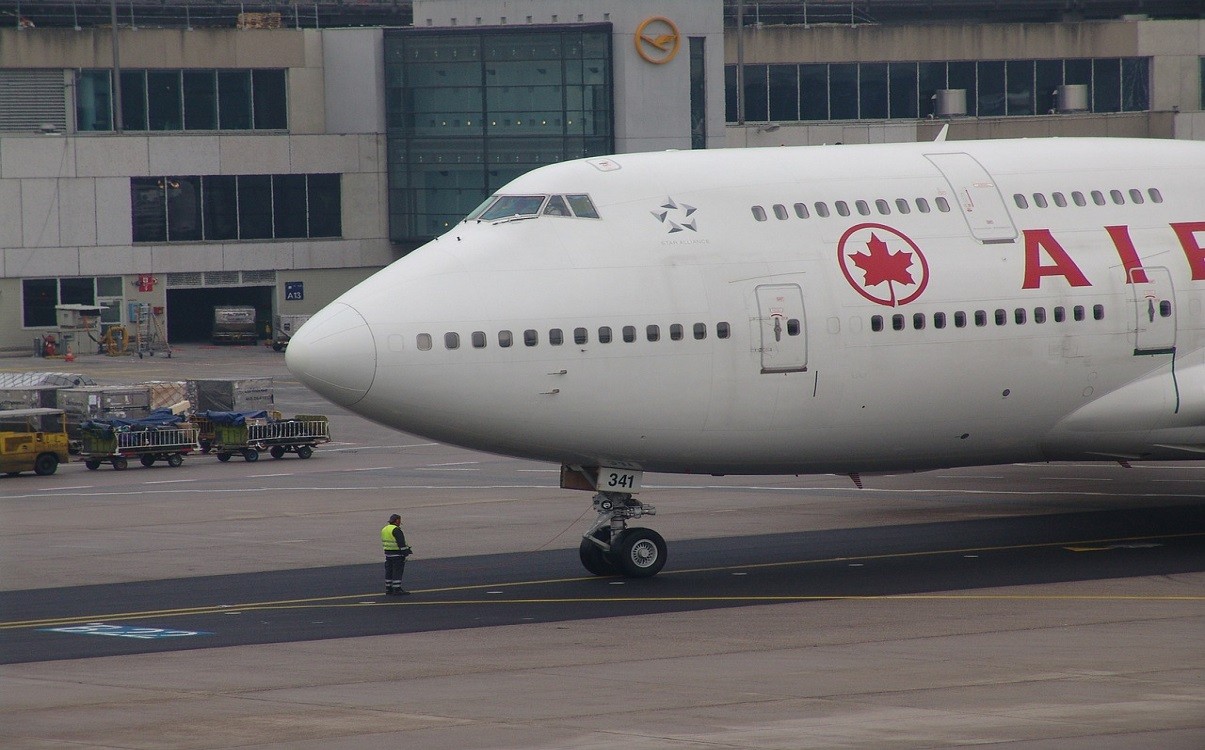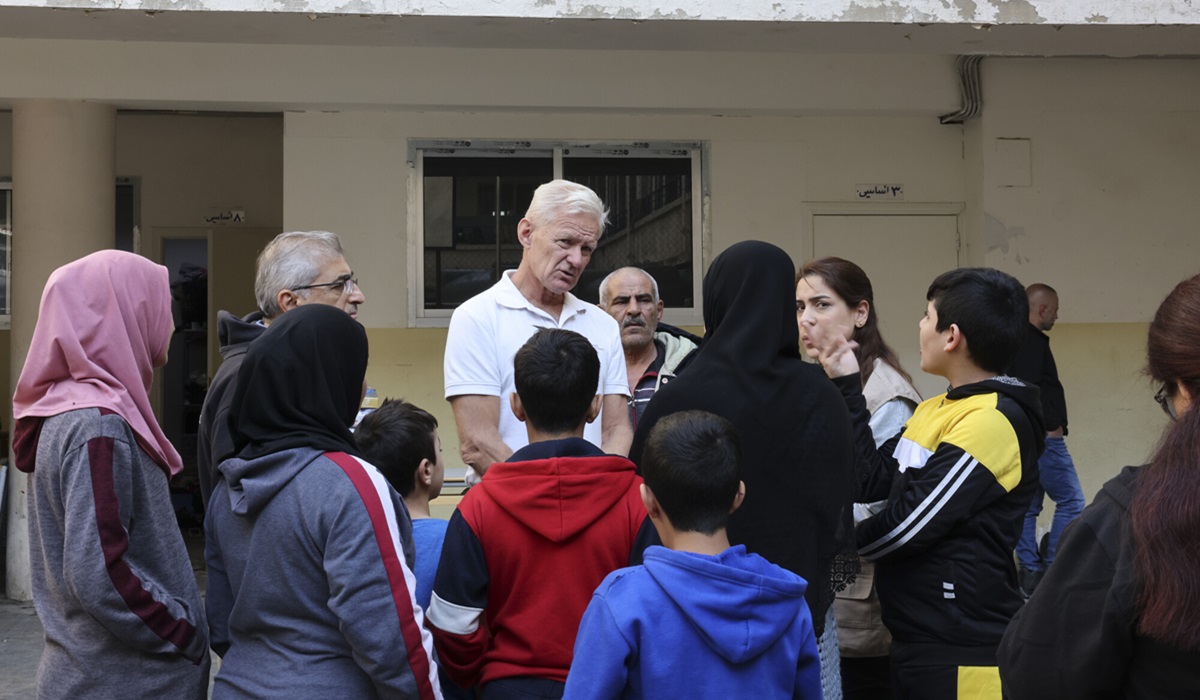Canada has not reported any COVID-19 in flight transmission of the virus
While the Government of Canada continues to recommend Canadians avoid non-essential international travel, Canadians need to know that the Government of Canada continues to work with partners to protect public health by implementing measures to reduce the risk of COVID-19 transmission during air travel. This is especially important during a period where jurisdictions both within Canada and beyond begin to open up and lift restrictions including those on travel.
Today Transport Minister of Transport Marc Garneau announced Canada’s Flight Plan for Navigating COVID-19 which will act as the foundation for Canada’s current and future efforts to reduce the public health risks of COVID-19 while travelling by aircraft.
This action plan puts in place a multi-layered system of safety measures to support public health by protecting air travellers and air industry workers from COVID-19. Transport Canada has worked with public health authorities, counterparts around the world, and industry partners to develop a plan for COVID safety in air travel that is aligned to emerging global safety standards and best practices.

Key changes apply to all aspects of air travel, including in airports and aircraft. They include travel restrictions; mandatory use of face masks for passengers and crew; mandatory health checks by air carriers prior to passenger boarding; temperature screening at the busiest Canadian airports and at points of origin for all incoming flights to Canada; restricted services and passenger movement during flights; and enhanced cleaning and sanitation protocols and practices.
In airports, these designs and measures include enhanced air conditioning and filtration systems; frequent cleaning of high-touch areas; new touchless technologies to scan boarding passes; and physical distancing measures.
Modern passenger aircraft also offer a unique environment with design characteristics that reduce the risk of viral transmission. The air is exchanged at a high rate, with HEPA filtration in most large commercial aircraft. Further, the potential spread of the virus between rows is reduced by the high seatbacks and the fact that almost all passengers are seated in the same direction.
These measures prioritize the safety and security of travellers and industry employees, and have positioned Canada as an international leader in reducing the risk of contracting COVID-19 while travelling by air. To date, Canada is not aware of any cases attributed to passenger-to-passenger transmission on a flight to or from Canada. However, work continues with the provinces and territories to strengthen contact-tracing processes to reduce and quantify the risk of COVID-19 transmission during air travel.
Canada’s Flight Plan will be refined as the Government of Canada learns more about COVID-19, and as international best practices evolve to ensure safety and efficiency of the Canadian aviation system in the months and years to come.









